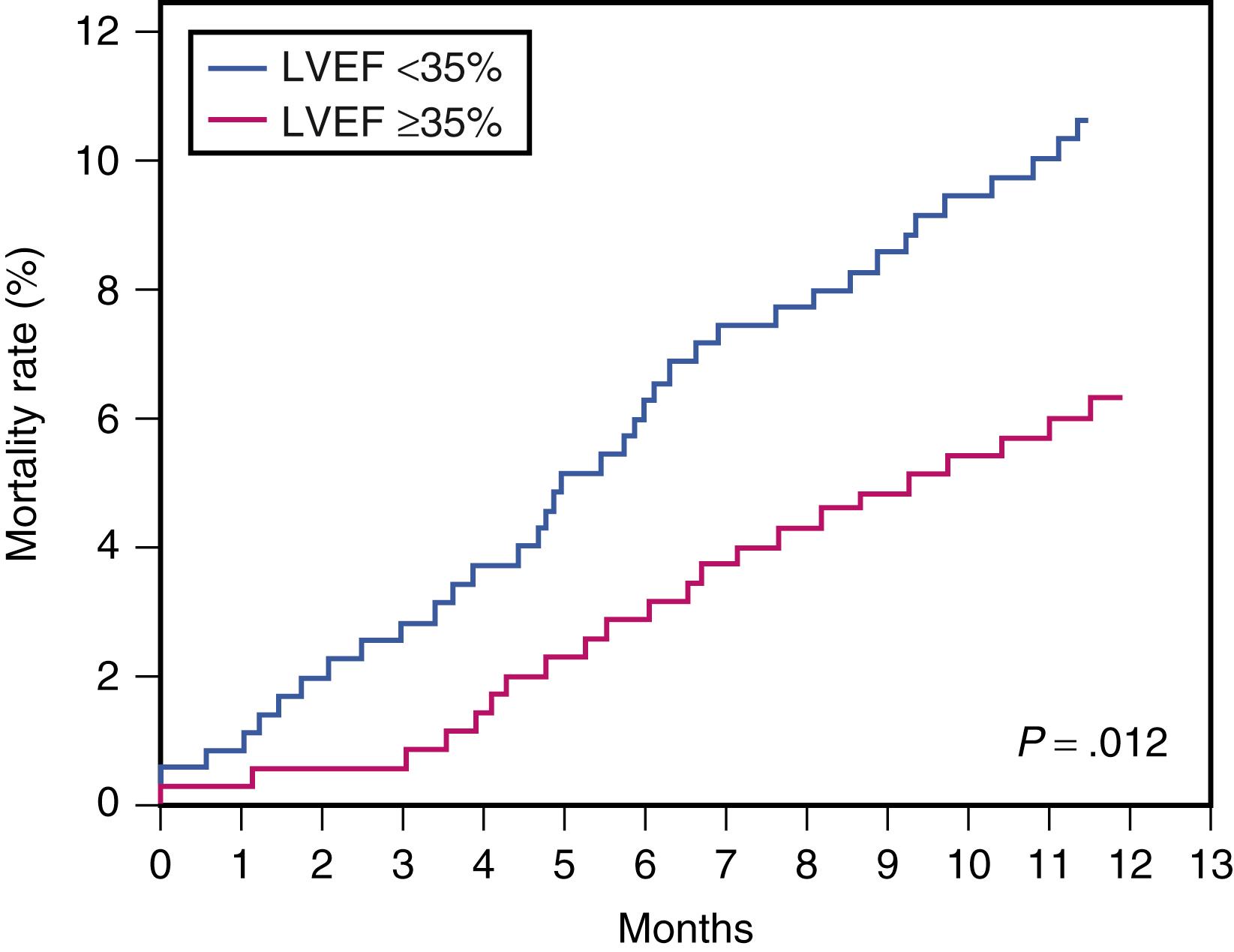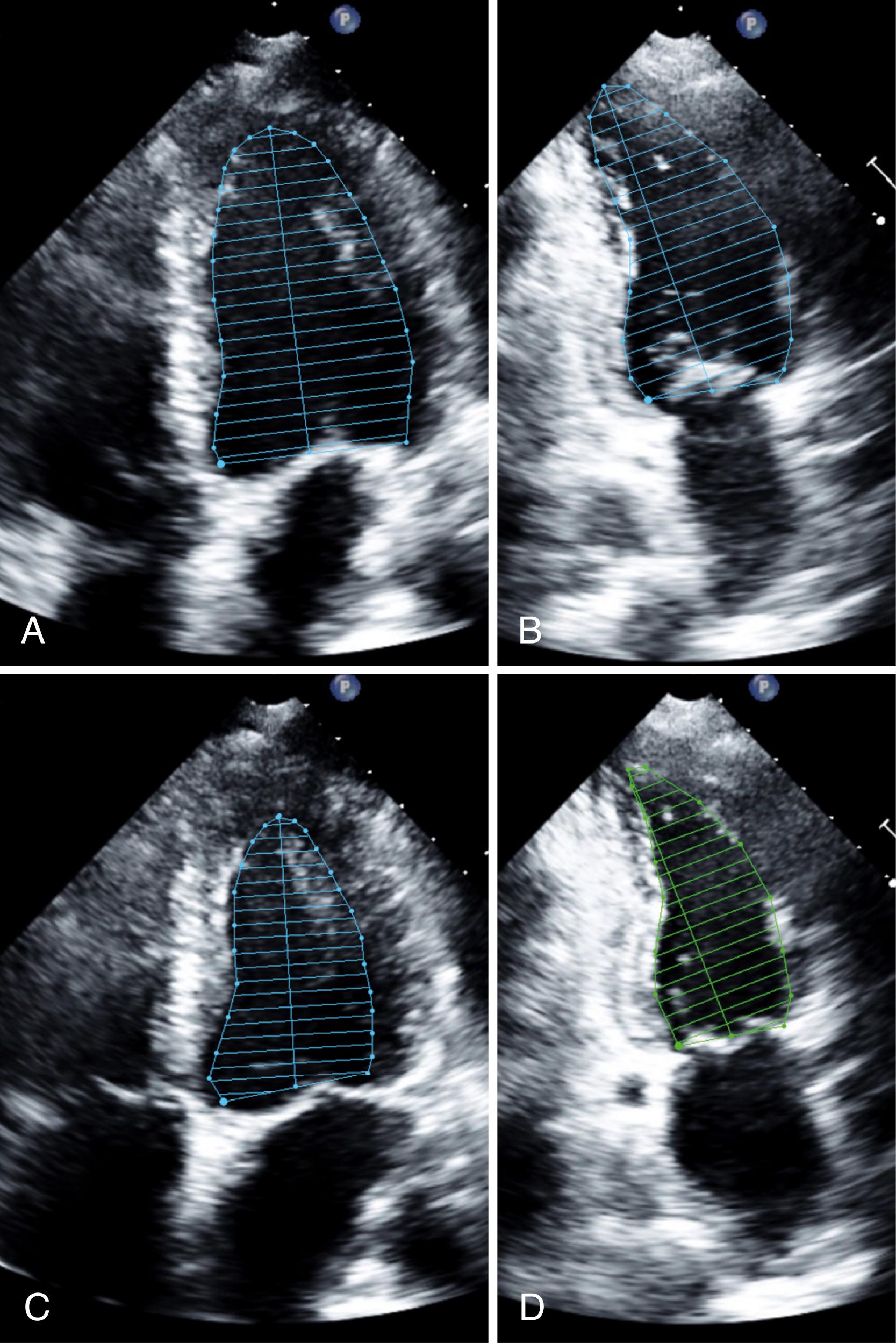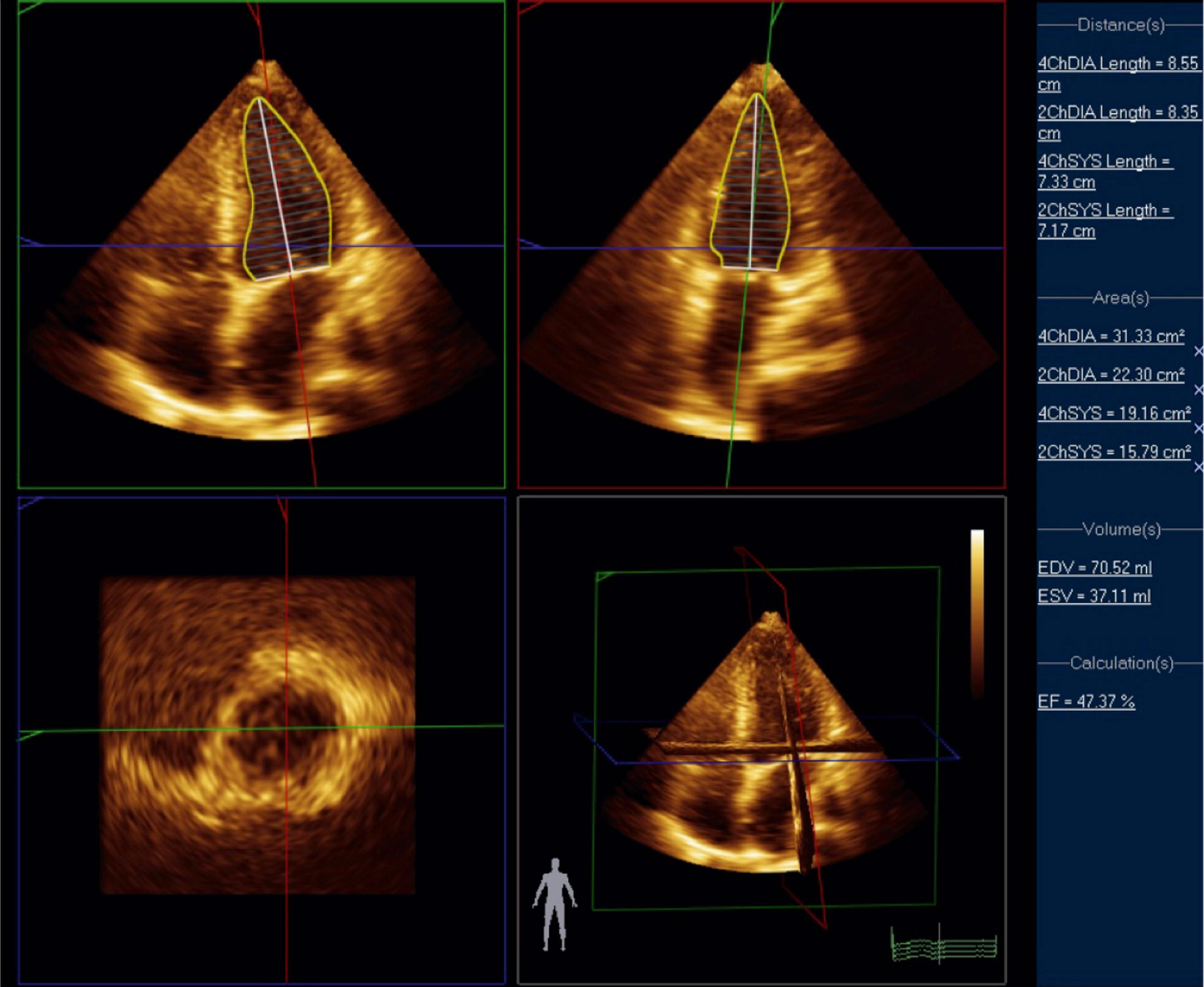Physical Address
304 North Cardinal St.
Dorchester Center, MA 02124
As the burden of heart failure (HF) and cardiomyopathies continues to rise, the clinical need for early detection of individuals at risk becomes critical. Identification of patients with a poor prognosis allows for early interventions (primary prevention, medications, devices) that can dramatically change the course of their disease by improving quality of life and prolonging survival. Multiple predictors of outcomes in this population have been described ( Table 67.1 ). Although traditional clinical variables and biomarkers have been used to risk-stratify, , the addition of echocardiographic variables to clinical evaluation has shown to be of significant value.
| Clinical predictors | Older age Poor functional capacity (NYHA, 6-min walk test, VO 2 max) S3 Cardiac cachexia Poor perfusion (e.g., cold extremities, low urine output, altered mentation) Recurrent HF decompensation LBBB Atrial fibrillation |
| Biomarkers | Elevated BNP Hyponatremia BUN and creatinine (cardiorenal syndrome) AST, ALT, and PT (liver dysfunction) |
| Echocardiographic predictors | Low LVEF LV remodeling (large ESV, EDV) LV mass Enlarged LA (LA volume) Diastolic dysfunction Dyssynchrony Pulmonary hypertension RV dysfunction Severe MR Severe TR Myocardial ischemia and viability |
The role of cardiac imaging modalities, particularly echocardiography, has been expanding over the past decade. Historically used solely to diagnose cardiomyopathies and assess their severity, echocardiography’s role in early detection, prevention, and prognostication is now well established. The importance of a comprehensive echocardiographic evaluation to understand the underlying cause of the dilated cardiomyopathy (DCM; valvular, ischemic, idiopathic) cannot be overemphasized and certainly plays a role in estimating patient’s prognosis. This chapter focuses on the specific variables linked to prognostic assessment. Details on echocardiographic findings for specific causes can be found in different sections of this book.
Left ventricular ejection fraction (LVEF) is the most powerful predictor of death and cardiovascular events in patients with DCM. Quinones and colleagues demonstrated in the SOLVD trial that the mortality rate at 1 year was higher in those with LVEF below 35% ( Fig. 67.1 ), a finding that has consistently been verified in the literature. Although multiple thresholds have been evaluated, the overall concept is that prognosis worsens as LVEF decreases, even within patients with severe left ventricular (LV) dysfunction. This finding holds true despite the method of evaluation of LVEF, including two-dimensional (2D) biplane Simpson’s method of disks ( Fig. 67.2 ) and three-dimensional echocardiography ( Fig. 67.3 ). ,



LV mass has predictive value independent from other clinical variables and is additive to LVEF. In the Studies of Left Ventricular Dysfunction (SOLVD) trial and registry, patients with LVEF below 35% and LV mass greater than 298 g had the highest mortality rate. Similarly, patients with larger end-systolic and end-diastolic volumes are at higher risks of death and cardiovascular events. However, given the close relationship with LVEF, its independent value is more difficult to prove. Reverse LV remodeling (defined as an increase in LVEF or decrease in LV diastolic dimensions) resulting from optimal medical therapy in patients with DCM has shown to predict better outcomes (specifically mortality and need for heart transplantation).
Become a Clinical Tree membership for Full access and enjoy Unlimited articles
If you are a member. Log in here